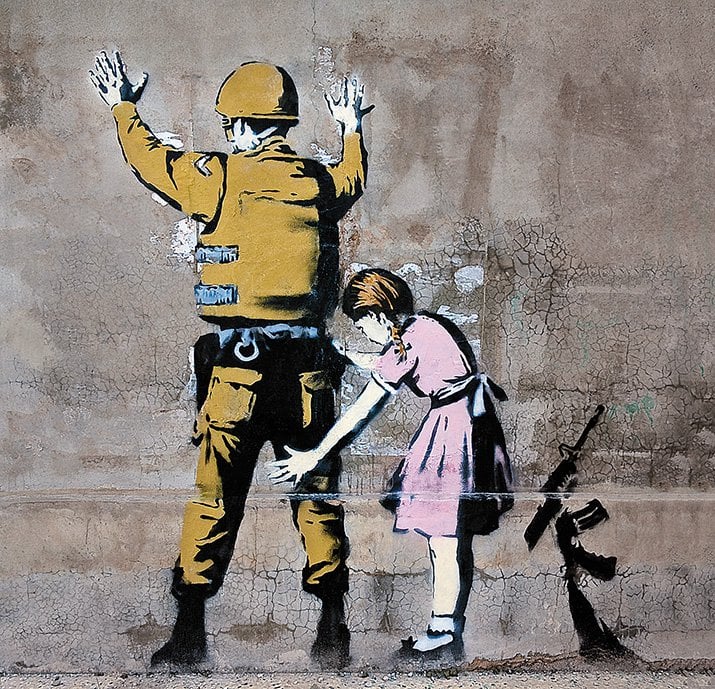The role of art in society cannot be denied. Art can transform values in a society. Art often makes people realize what being human means and what a meaningful life is.
I have been interested in the ‘Art in Society’ topic since I studied for a bachelor’s degree. I examine how art and artist connect to reality. According to Chernyshevsky-19th century Russian thinker, firstly, the artist needs to select a subject to reproduce in the art for the sake of human needs. Secondly, the artist can explain reality through his reproduction. Thirdly, the artist evaluates the reality that he reproduces. Fourthly, besides reproducing reality, the artist also can project desirable future situation that still does not now exist in his art. (Scanlan, 1985).
Art has the power not only to reproduce what has existed in the world, but through creativity and imagination can create something new for a society.
For example, in the 20th century, many artists demand the world stop war through their artworks. These arts reflect the hope for a better and safer place for us and the next generations to live. Famous artists even confronted political authorities in their attempt “to raise awareness about the consequences of war in the short and long term.”

For my master’s degree, I analyze how art, especially paintings can contribute to build nationalism. A painter named Sindudarsono Sudjojono, widely known as the first of the Modern Indonesian painters, suggests artists to leave the romantic colonial Mooi Indie (Beautiful Indies) style and change subjects that reflect the real Indonesian spirit and struggle for independence. For Sudjojono, art represents not only beauty but the truth.
Currently, I study the way multimedia arts, especially graphic narrative and comics, can break the silence of a massacre. Many textbooks and academic articles have been written about the 1965-1966 massacre in Indonesia. However, the master narrative history of this massacre is still more dominant in Indonesian society, compared with the victim narrative. Graphic narrative and comic is helpful art forms to distribute the victim narrative to wider society, because they are engaging and more accessible for everyone from across backgrounds of age, gender, and culture.
Art also has the power to represent the underrepresented group, such as people of color; people with disabilities and impairment; people from a lower socioeconomic status; gay, lesbian, bisexual, and transgendered; people of a non-dominant religion; the victim of gender inequality; refugees; and retirees. Art gives voice to the underrepresented community in their struggle for equity and social justice.

Lastly, for me, ‘art in society’ is an intriguing topic because it combines the power of art to express human feelings, self-reflection, and art’s social influences. Art is a powerful tool to understand and transform us into a better human and society.
